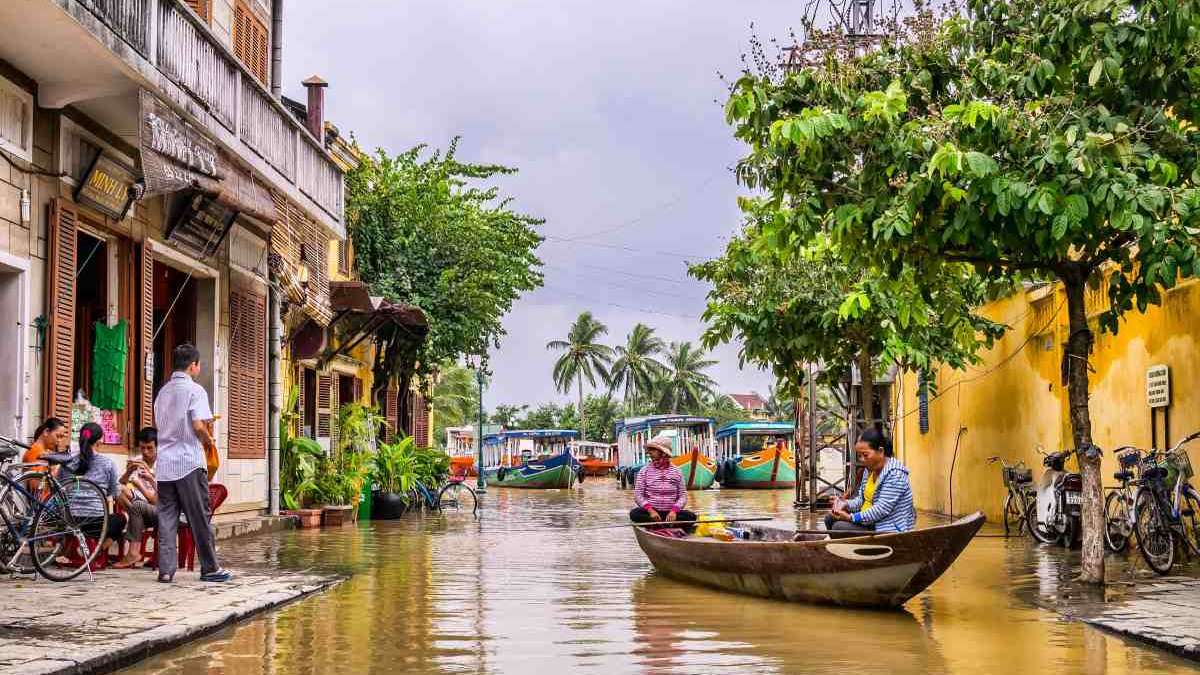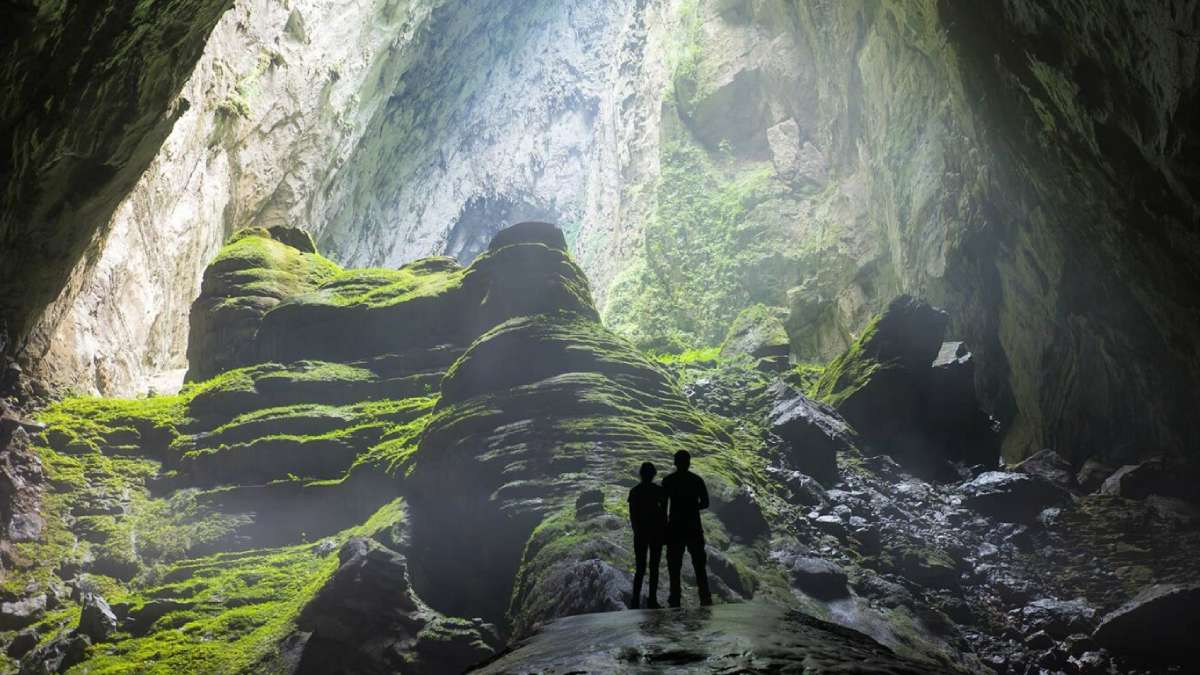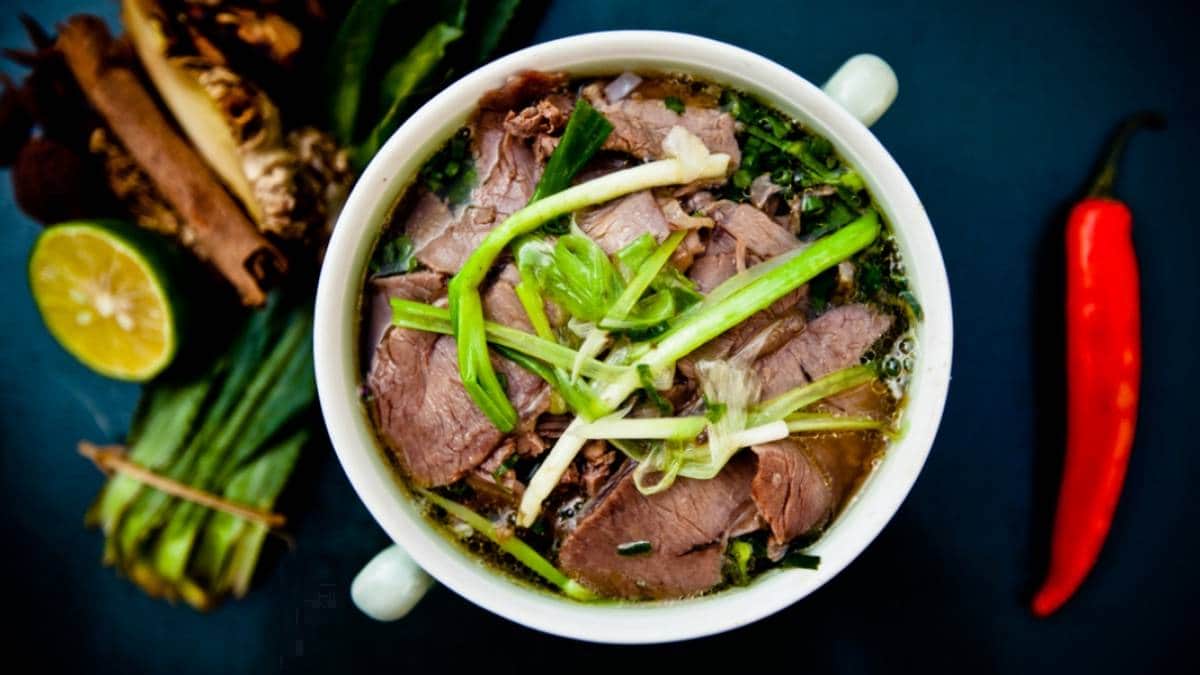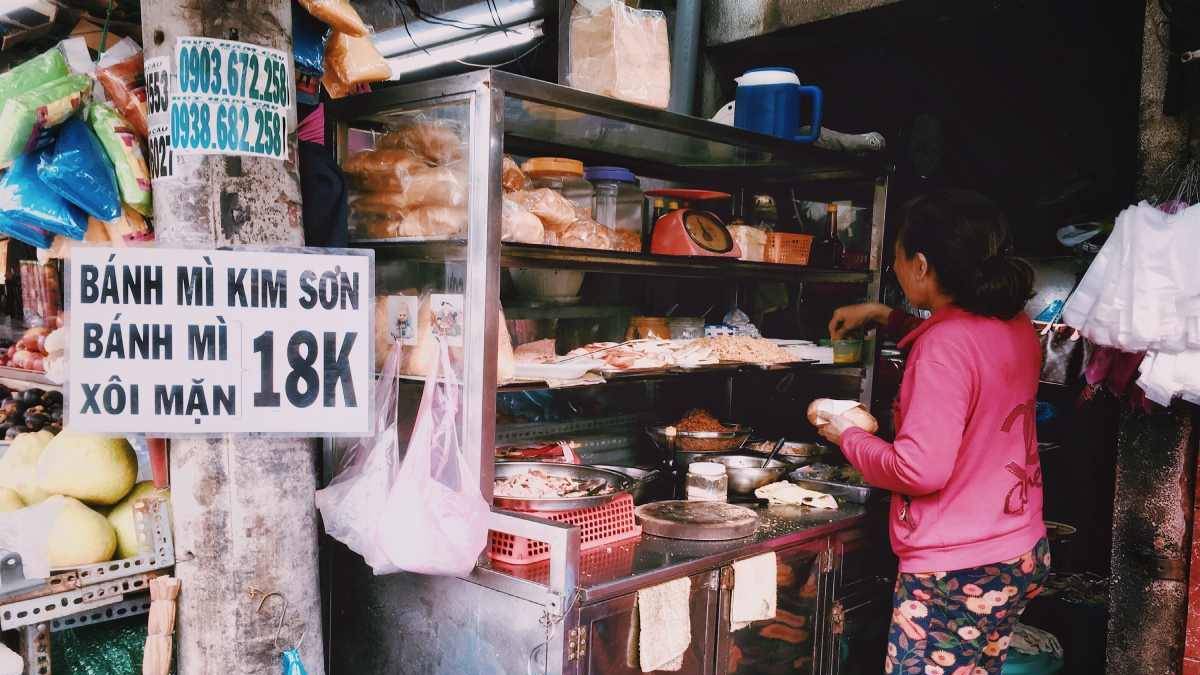VIETNAM TRAVEL GUIDE
Everything you need to know before travelling to Vietnam.
Make the most of your trip to Vietnam with expert tips, ideas and recommendations
Vietnam Travel Guide
Vietnam travel tips – How to plan your trip to Vietnam in 2021
Over 1,000km long and 30 km wide at its narrowest point, Vietnam is a country of variety and excitement. Its turbulent 20th-century history is well known but many tourists are now making the trip to Vietnam. A record 18 million international visitors arrived in 2019.
Under Chinese dynastic rule on four separate occasions between the 1st century BC and the 14th century, then incorporated into colonial French Indochina until their independence in 1945, the country was then embroiled in a 20-year war that ended 1975.
Since then, the economy has developed at a rapid pace. Whilst life in the countryside can feel slower, the big cities are frenetic with activity.
There is much to see and do during any Vietnam trip. Having lived in Vietnam for over two years, I will set out our Vietnam travel tips to ensure you have the most enjoyable experience possible.
In this Vietnam travel guide:
- Vietnam – Country facts
- Vietnam travel tips – Sorting out your visa
- Trip to Vietnam – Understand the money
- Travelling to Vietnam – What to pack
- Vietnam trip – When to go
- Vietnam travel tips – Where to go
- Trip to Vietnam – Getting around
- Travelling to Vietnam – Food and drink
- Vietnam trip – Shopping
- Vietnam travel tips – Safety
- Where is Vietnam?
Vietnam is a country located in Southeast Asia, it borders China on the North, as well as Cambodia and Laos on the West, with the South China Sea on the East. - What is the size of Vietnam?
Vietnam has a size of 331,212 km2 (or 127,882 sq mi). It is ranked as the 65th largest country in the world in terms of land area. - How many people live in Vietnam?
A 2019 census estimates the population at around 96 million which makes Vietnam the 16th most populated country in the world. - What is the capital of Vietnam?
The capital of Vietnam is Hanoi, it is located in the North of the country. Many people tends to assume Ho Chi Minh City (formerly known as Saigon) is the capital because it is the largest city in Vietnam with a population of almost 9 million. - What language is spoken in Vietnam?
The official language of Vietnam is Vietnamese. As a legacy of colonial rule, French is spoken as a second language by educated Vietnamese, especially from the older generation. English is rapidly growing as a second language so you can get by with it in most touristic places on Vietnam. - What is the main religion in Vietnam?
86% of the population in Vietnam does not believe in a god. Among those following a religion, almost 6% are Catholics and 5% are Buddhists. - What is the currency of Vietnam?
The currency used in Vietnam is the đồng (₫ – VND). - What plugs are used in Vietnam?
There are 3 types of plugs commonly used in Vietnam, type A, type B and type C. Vietnam operates on a 220V supply voltage and 50Hz. - What is the country code of Vietnam?
The country code for calling Vietnam is the prefix +84, website domains from Vietnam usually end with .vn.
Vietnam travel tips – Sorting out your visa
Before embarking on your trip, you will need to ensure that you have permission to enter the country. This is one of our top Vietnam travel tips. What kind of visa you require and its cost will depend on factors including the length of your stay and how many times you wish to enter the country.
Vietnam travel tips – Sorting out your visa
Before embarking on your trip, you will need to ensure that you have permission to enter the country. This is one of our top Vietnam travel tips. What kind of visa you require and its cost will depend on factors including the length of your stay and how many times you wish to enter the country.
Thankfully, Vietnam’s tourist visa requirements are easing up. When I first visited Vietnam in 2013, obtaining a two-week visa required multiple trips to the Vietnamese embassy in London.
Now a number of passport holders (including from the UK, Germany and France) can enter Vietnam visa-free for 15 days. It is possible to get a visa on arrival, but this will still require some paperwork.
It is very important to check requirements well in advance of your travel date.
Whilst there are many online agents who will offer to sort out the process for you, we recommend you first visit the Vietnamese embassy website in your country to see the official stipulations.
Trip to Vietnam – Understand the money
For any trip to Vietnam, it is important to have a supply of the Vietnamese currency, the Vietnamese dong (đ). Whilst cards are generally accepted at many places including hotels, up-market restaurants and convenience stores, you will need to use cash at markets and street-side coffee shops and eateries.
Dong is not a commonly traded currency so you may need to shop around for a currency exchange that can supply you.
I have found it easy to withdraw cash with my foreign card from the ATM at the airport upon arrival and in many ATMs throughout the country although this may not offer the best value for money.
All travellers in Vietnam will find themselves millionaires. 1 million dongs is equivalent to around US $43.
Another of our Vietnam travel tips is to ensure you are careful with your banknotes. A blue 500,000đ note (the highest denomination) looks a lot like a 20,000đ note when you are in a hurry and unfamiliar with the currency. Similarly, the 200,000đ note can be easily mistaken for a yellowish 10,000đ.
Travelling to Vietnam – What to pack
Vietnam is a very long country, so although the weather is in general hot and humid, there is some variation depending on the time of year and where you are.
Most of the time lightweight summer clothing is recommended for your Vietnam trip, however, if you are visiting the north during the winter months from November to April, pack clothes for cooler weather.
Similarly, temperatures will be cooler if you visit any of the highland areas, for example, Sapa in the north of Dalat in the central highlands of southern Vietnam.
Bring clothes to cover up shoulders and knees for any temple visits, and a long rain poncho if you are visiting during the rainy season. Waterproof, or quick-drying shoes are a must.
Mosquito repellent is also highly recommended. Dengue fever is a risk the whole year, but particularly April to October in the north and June to December in the south.
Vietnam trip – When to go

Different areas of Vietnam have distinct rainy seasons that visitors may wish to avoid, and there are also celebrations that see the majority of the country shut down.
See our article ‘Best time to visit Vietnam’ for all the information to help you decide when to visit.
Vietnam travel tips – Where to go
Vietnam is 1,650km from its northernmost point to the southern tip. It is important not to underestimate how long it takes to get from one part of the country to another.


For any trip to Vietnam, we recommend that you do not try to cram in too many destinations but allow yourself time to explore each fully.
Many itineraries hug the coastal cities from Hanoi to Ho Chi Minh (with a side trip to Sapa), but these trips will miss some of the most amazing sights in Vietnam, such as Phong Nha Ke Bang national park, on the border with Laos.
See our article ‘Best Places to Visit in Vietnam’ to help you plan your trip.
Trip to Vietnam – Getting around
There is a good network of buses that brings travellers to most tourist destinations on their trip to Vietnam. Futa buses provide a (mostly) efficient and comfortable service and you can purchase tickets easily online or at many of their travel desks in cities.
Domestic flights are also affordable and drastically reduce travel times (though you miss some of the excitement of seeing the country). Budget airlines (such as Vietjet) operate many domestic routes but are well-known for delays. If you are flying to save time, more expensive flights with the national carrier Vietnam Airlines may be a better choice.
The Reunification Express train runs from Hanoi to Ho Chi Minh (a 30-hour journey) with many stops along the way. Though slower than other travel options, the train does give you amazing views of the country. You can buy tickets online through 12Go.Asia or www.baolau.com.
To get around within cities, we highly recommend that you download the Grab app which allows you to order a car or motorbike taxis from door to door.
SIM cards with 4G can be purchased for a reasonable price at major airports, making it extremely easy to order a bike to pick you up wherever you are.
Travelling to Vietnam – Food and drink
Many travellers come away from their Vietnam trip with excellent memories of food, and there is plenty to choose from.


The big cities, particularly Ho Chi Minh City have world-class restaurants but we recommend that you do not miss the chance to try some of the local eateries or food stalls that seem to pop up every other shop.
My favourite Vietnamese dishes are Bun Bo Hue (a flavourful beef noodle soup), Bun Thit Nuong (noodles with grilled pork) and Com Tam (broken rice), all of which are delicious, easy to find and extremely affordable.
Of course you should not miss out on the classics and most popular Vietnamese dishes such as Pho, a type of Vietnamese soup with noodles and sliced beef, and Banh Mi, a baguette sandwich with meat, vegetables and chilli peppers which you can buy easily from street vendors.


Alcoholic beverages are generally very affordable. Visit Hanoi’s Beer Street (Ta Hien Street) or any local bia hoi place for local beer for under a dollar. Away from the cities, if you are feeling brave, you can try some of the locally brewed moonshine – rice wine.
As with most places in the world, you need to be aware of yourself and your belongings. Petty theft is the biggest crime risk for tourists so ensure you keep valuables hidden and your bags out of reach.
Do not drink the tap water which can give you diarrhoea, typhoid, cholera or other illnesses. Bottled water is readily available. Ensure you wear mosquito repellent to prevent mosquito-borne diseases.
The roads can be dangerous. Vietnam has introduced a zero-tolerance policy on drink driving which will hopefully lead to some improvement in road safety.
Many tourists do hire motorbikes, but be aware that this is illegal unless you hold a valid licence or the motorbike is under 50cc. Your insurance may not cover you for accidents and the police may stop you and require payment if you do not hold the correct paperwork.
Travelling to Vietnam is an incredible experience from the beautiful scenery to the incredible food. Use our recommendations and Vietnam travel tips to ensure you get the most out of your trip!
